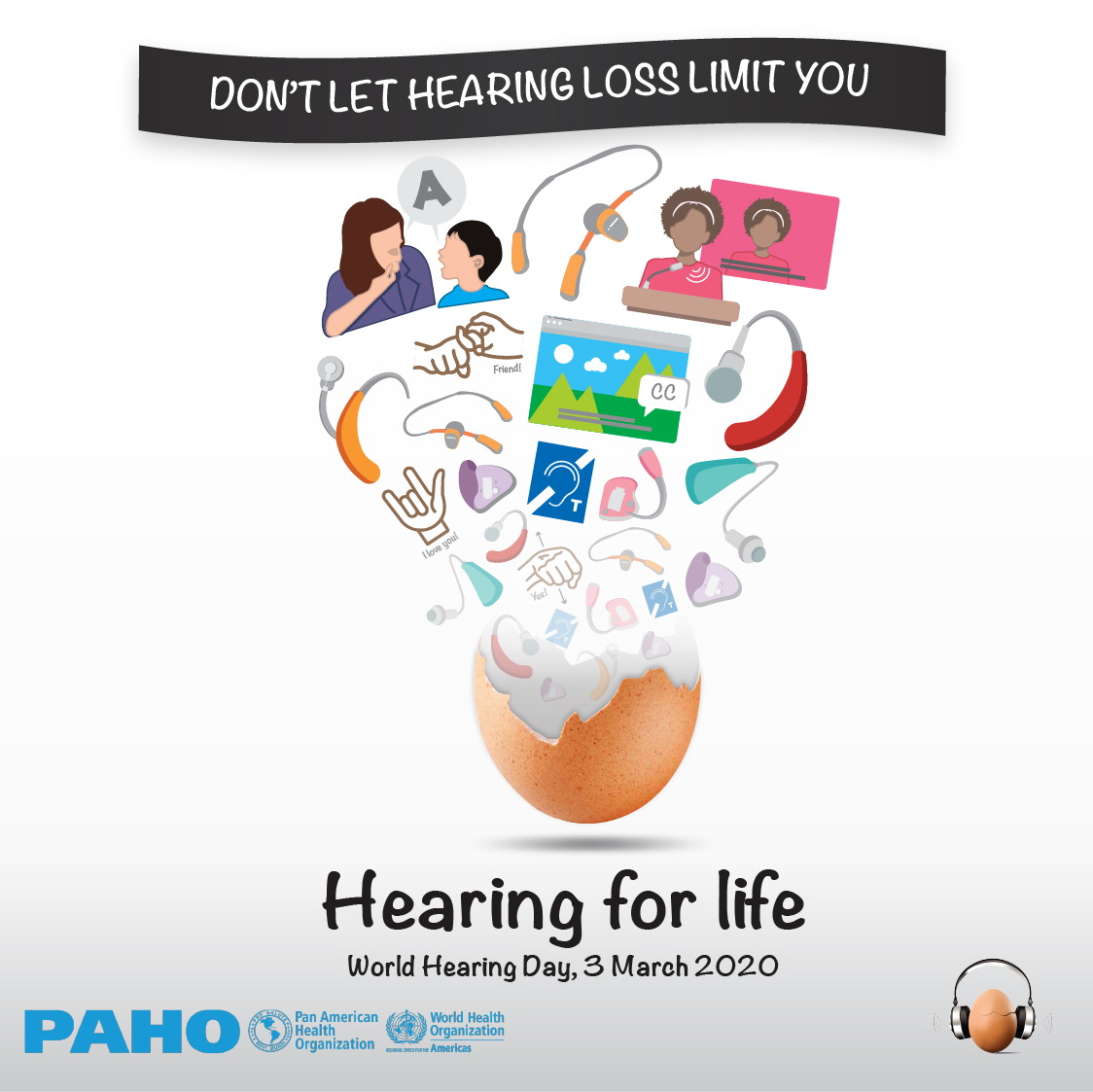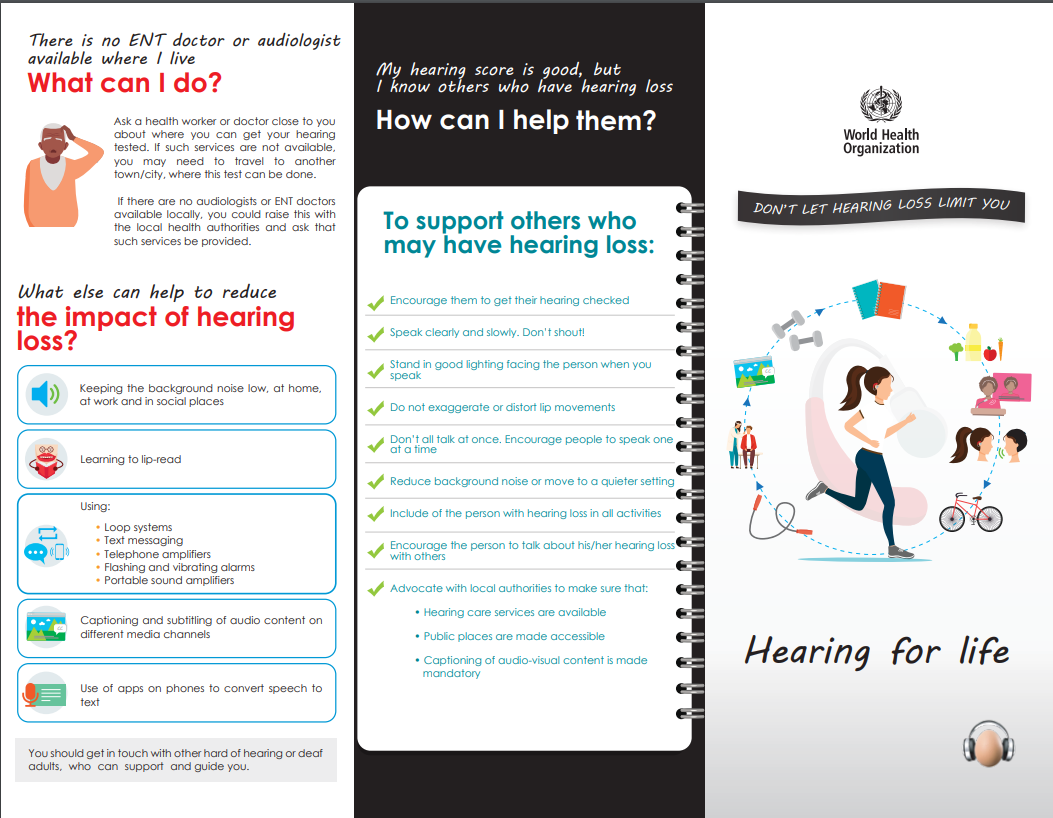WHO warns that hearing loss may affect more than 900 million by 2050
 Worldwide, 466 million people suffer from hearing loss with disability marks. Of this total, 34 million are children. Adolescents and young people between 12 and 35 years old are the most affected by high exposure to noise, cell phones, recreational environments, concerts, etc. According to the World Health Organization, WHO, this situation may worsen by 2050, when more than 900 million people are expected to register hearing loss at the same level. The warning was made on March 3, World Hearing Day.
Worldwide, 466 million people suffer from hearing loss with disability marks. Of this total, 34 million are children. Adolescents and young people between 12 and 35 years old are the most affected by high exposure to noise, cell phones, recreational environments, concerts, etc. According to the World Health Organization, WHO, this situation may worsen by 2050, when more than 900 million people are expected to register hearing loss at the same level. The warning was made on March 3, World Hearing Day.
Hearing Loss
The agency highlights among the reasons for hearing loss are genetic causes, complications at birth, certain infectious diseases, chronic ear infections, use of specific medications, exposure to excessive noise and aging.
The World Health Organization also notes that 60% of childhood hearing loss occurs from preventable causes. About 1.1 billion young people between the ages of 12 and 35 are at risk of hearing loss due to exposure to noise on phones, in recreational environments, at concerts, etc.
Theme
This year, the theme chosen by WHO for the date is Hearing for life - Don't let your hearing loss limit you. The goal is to highlight those timely and effective interventions that can ensure that people with hearing loss can reach their full potential.
The agency emphasizes that for those facing the problem, appropriate and timely interventions can facilitate access to education, employment, and communication. Besides, WHO argues that early intervention should be made available through health systems.
Dice
Disabling hearing loss refers to hearing loss greater than 40 decibels, dB, in the ear with the best hearing capacity in adults and a hearing loss greater than 30 dB in the best ear of children. Most people with hearing impairments live in low- and middle-income countries.
Approximately one-third of people over the age of 65 are affected by disabling hearing loss. WHO data indicate that the prevalence of the problem in this age group is highest in South Asia, Asia-Pacific, and Sub-Saharan Africa.
Costs
The UN agency estimates that uncorrected hearing loss represents an annual global cost of $ 750 billion. This includes health sector costs, excluding spending on hearing aids, educational support costs, lost productivity and society costs.
Current estimates suggest that there is an 83% gap in the need and use of the hearing aid, that is, only 17% of those who could benefit from the use of such a hearing aid use it.




